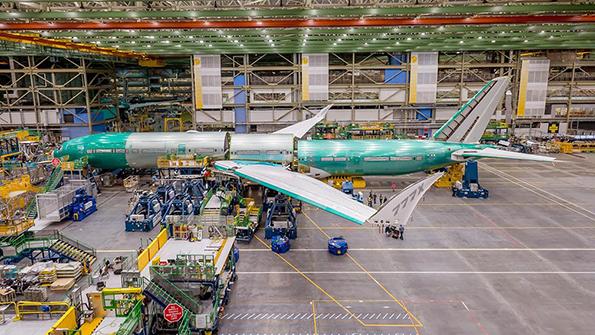Opinion: Why FAA And Boeing Should Take New 777-9 Certification Path

Credit: Boeing
The FAA’s May 13 letter to Boeing’s FAA-designated safety oversight liaison indicates that Boeing continues to struggle with its delegation—or authority granted by the safety agency to perform certain certification functions such as approving engineering design data on its behalf ( AW&ST July 12-25...
Subscription Required
This content requires a subscription to one of the Aviation Week Intelligence Network (AWIN) bundles.
Schedule a demo today to find out how you can access this content and similar content related to your area of the global aviation industry.
Already an AWIN subscriber? Login
Did you know? Aviation Week has won top honors multiple times in the Jesse H. Neal National Business Journalism Awards, the business-to-business media equivalent of the Pulitzer Prizes.
